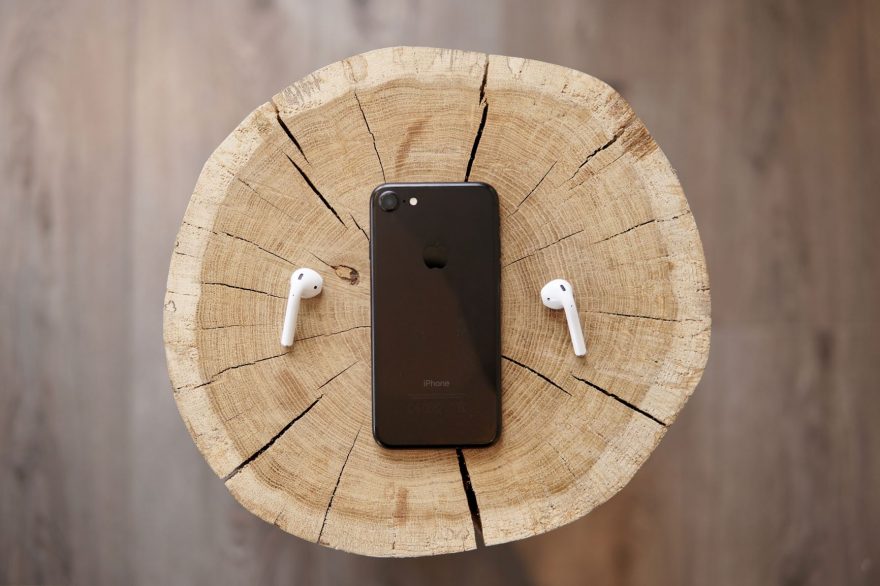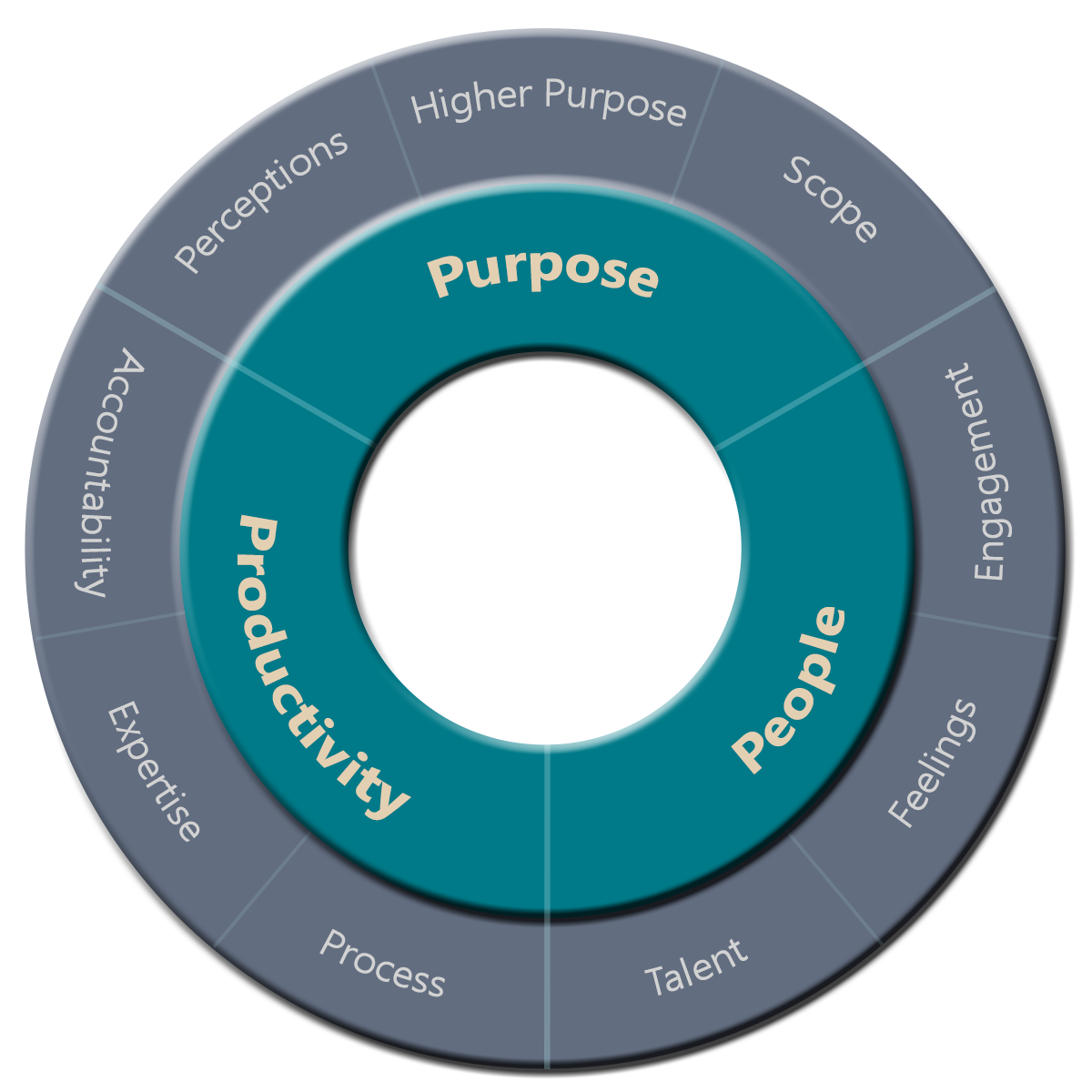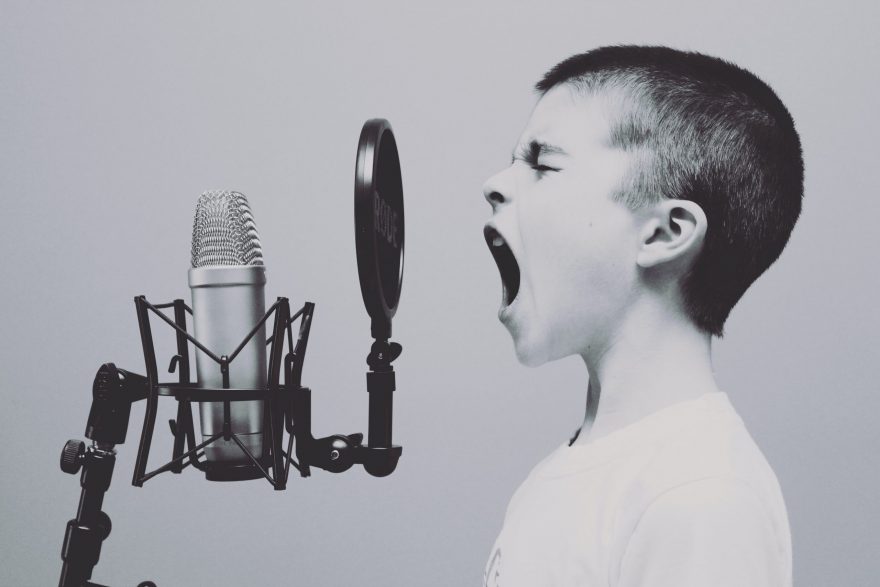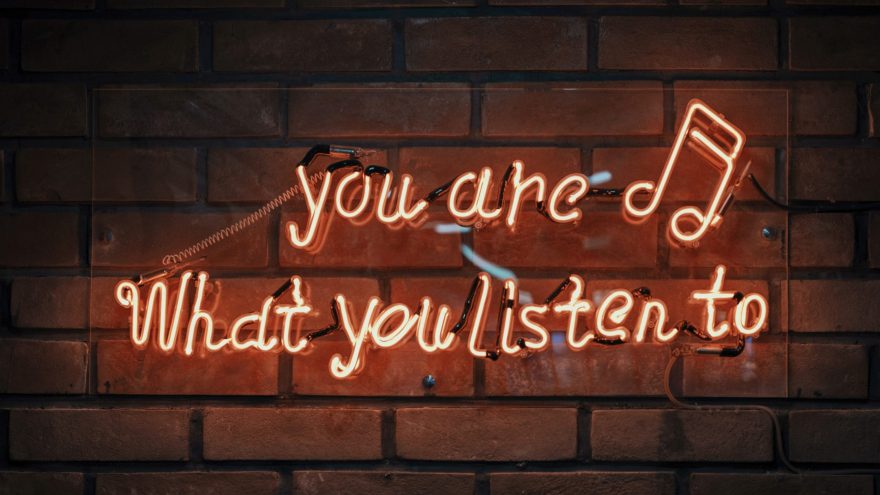People underperform in sales (and other roles) for several reasons, in this podcast we will explore the skills aspect of the role.
Sales can be easier than other roles to spot when people underperform given the metrics available but identifying the factors behind underperformance is not so easy.
What do we mean by skills? It may sound obvious; in our experience, it’s not, which is why Mark Davies and Ricky Muddimer explore the topic in more detail and what we mean by skills and why looking at skills more broadly is so important.






